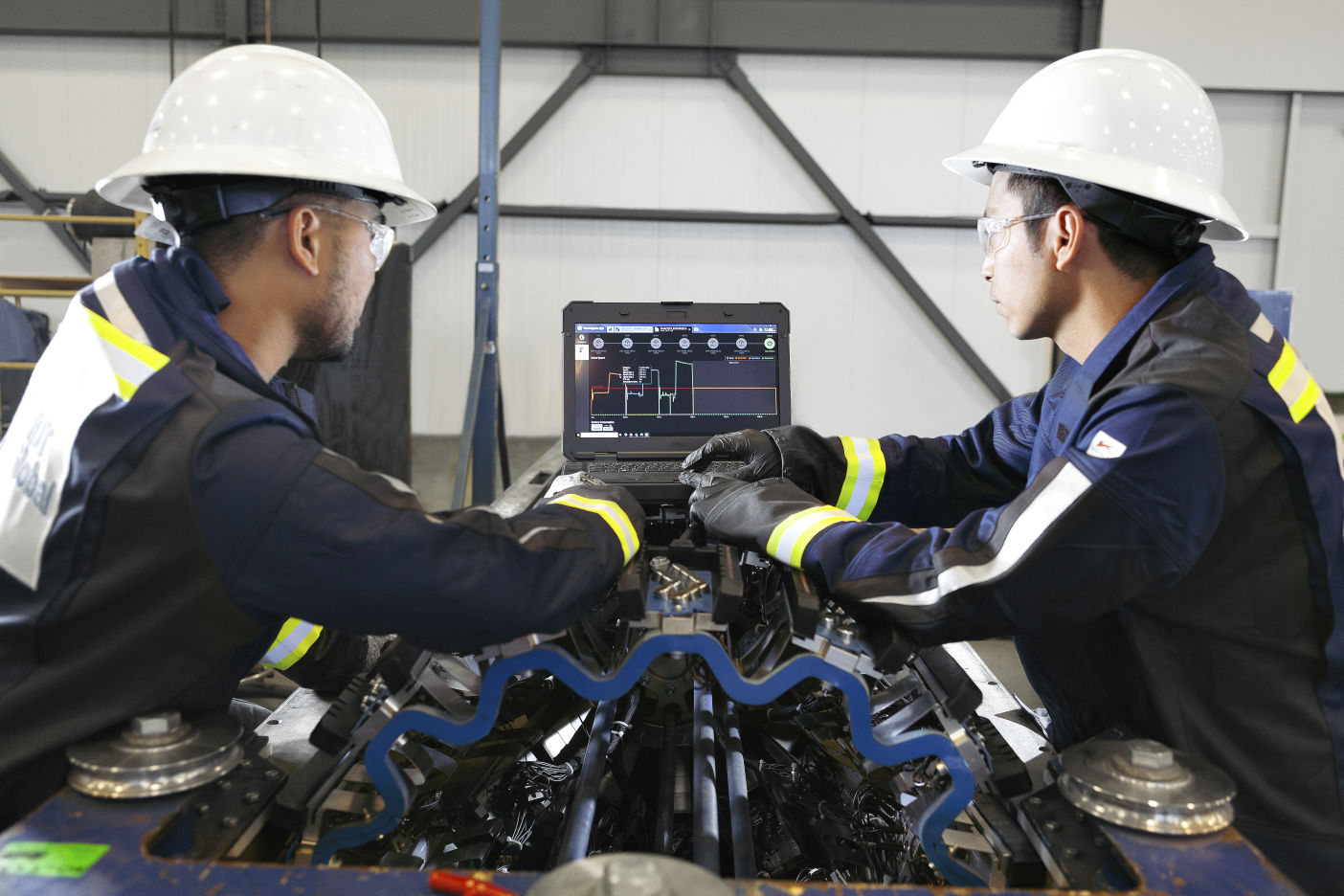In the oil and gas pipeline industry, inline inspection (ILI) is a cornerstone of operational safety, efficiency, and regulatory compliance. It enables the assessment of pipeline health without causing harm or disruption to ongoing operations, helping pipeline operators identify and address potential threats that could result in catastrophic failures.
Inline Inspection and Pipeline Integrity Management
Maintaining the integrity of a pipeline is crucial to ensure its safe and efficient operation. Given the significance of pipelines in the transportation and distribution of oil and gas, a minor defect could escalate into a major threat if not detected and rectified promptly.
In an era where aging pipelines present a pressing concern, the industry faces complex challenges in effectively managing this critical infrastructure. Construction of new pipelines is slowing, and existing pipelines are under higher pressure to perform. Regulatory bodies are imposing stricter safety standards, forcing industry players to maintain and upgrade their infrastructure.
These two critical challenges of regulatory compliance and increasing demand must be managed together. Companies cannot sacrifice one for the other without negative consequences.
Why Technology Matters for Crack Detection
Pipeline cracks can result from a wide range of factors, including:
Manufacturing Defects
Environmental Conditions
Operational Conditions
Material Degradation
Third-Party Damage
Each of these factors can compromise the pipeline's structural integrity. If left undetected, cracks may grow and give way to ruptures with far-reaching consequences. These damages can pose significant safety hazards and lead to environmental harm.
Several documented cases illustrate the events that can occur if cracks go undetected. The outcomes range from oil spills contaminating natural ecosystems to gas leaks, resulting in substantial financial loss, reputational loss, and, in extreme cases, human casualties.
Technology plays a crucial role in mitigating these risks. Advanced technology aids in detecting and sizing cracks at early stages, enabling operators to safely manage and mitigate risks and avoid potential threats.
More Accurate Sizing
Advanced ultrasonics provide superior accuracy in crack sizing with smaller tolerances. Operators can precisely determine the dimensions and severity of cracks. This eliminates the need for unnecessary and costly digs, resulting in significant cost savings and reduced risk.
Improved Integrity Management Planning
Precise crack sizing enhances integrity management planning, ensuring that the right remediation efforts are undertaken at the right time. This improves efficiency and reduces the costs associated with maintenance activities.
Enhanced Risk Management
With improved crack detection and higher statistical confidence in detection, operators can identify and remediate potentially injurious cracks more effectively. They can address issues before they escalate, preventing failures, minimizing operational disruptions, and mitigating potential safety and environmental hazards.
Data-driven Decision Making
Advanced technology equips operators with a wealth of data and insights. By leveraging these insights, they can minimize guesswork, enhance operational efficiency, and maximize the utilization of resources where they yield the greatest impact. This strategic approach enhances the profitability, reliability, and longevity of pipeline infrastructure.
Leveraging the Best Crack Detection Technology
Today more than ever, technological advancements are vital in maintaining the safety and reliability of pipelines. Utilizing technology to its fullest potential dramatically enhances the precision of crack detection, reducing the risk of unforeseen pipeline failures.
Several advanced methods and technologies in ILI, such as Ultrasonic Testing (UT), Electromagnetic Acoustic Transducer (EMAT), and Eddy Current testing, have proven effective in detecting cracks at early stages. When correctly applied, these technologies can identify potential threats before they escalate into more significant problems.
As a recognized industry leader, NDT Global prides itself on employing the most advanced technologies and methodologies. We leverage UT and non-UT technologies, including shear wave, compression wave, phased array, and acoustic resonance. These advanced techniques allow for diagnosing and modeling of every conceivable threat to pipelines across many asset classes.
Conclusion
The complexity of the operational and regulatory landscape is changing rapidly, and it is crucial for pipeline operators to invest in the best technologies for their pipeline integrity management strategies and operations. The early detection of cracks is integral to ensuring safety, environmental protection, and economic viability.
By emphasizing innovative technology and industry-leading practices, NDT Global helps companies ensure the integrity of their pipelines is maintained, protecting their assets, the environment, and, ultimately, their bottom line. With an emphasis on risk management, ecological safety, and comprehensive data delivery, our team is committed to providing the best, most actionable insights.

